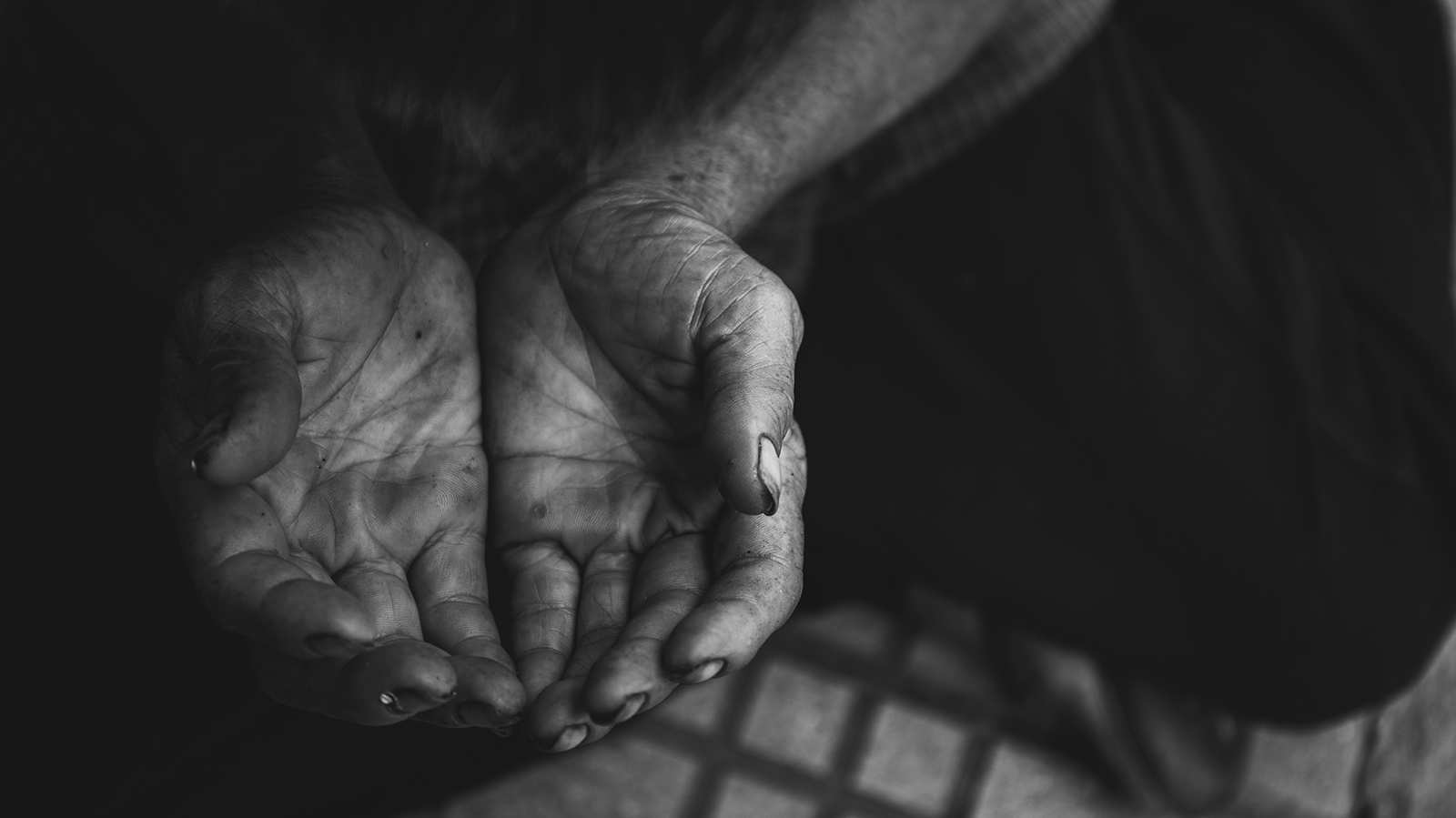Wealthy Singaporeans aren’t giving enough back to society – but why?
Is it because they live in their own “cocoons”, sheltered from the realities of inequality? Is it because the government isn’t doing enough to promote giving as part of our “national DNA”?
What are some of the more common myths that prevail when it comes to tackling ideas of privilege and inequality within Singapore?
On Jul 2, a panel on the topic of privilege was organised by The Straits Times in partnership with Singapore Kindness Movement. It aimed to develop actionable ideas to encourage giving.
The panel saw four speakers – medical doctor Dr Goh Wei Leong, social worker T. Ranganayaki, sociology professor Paulin Straughan and the head of a philanthropic foundation Laurence Lien – debunking myths about giving back to society, that prevent Singaporeans from donating more of their time, or money, to charity.
Other stories you might like
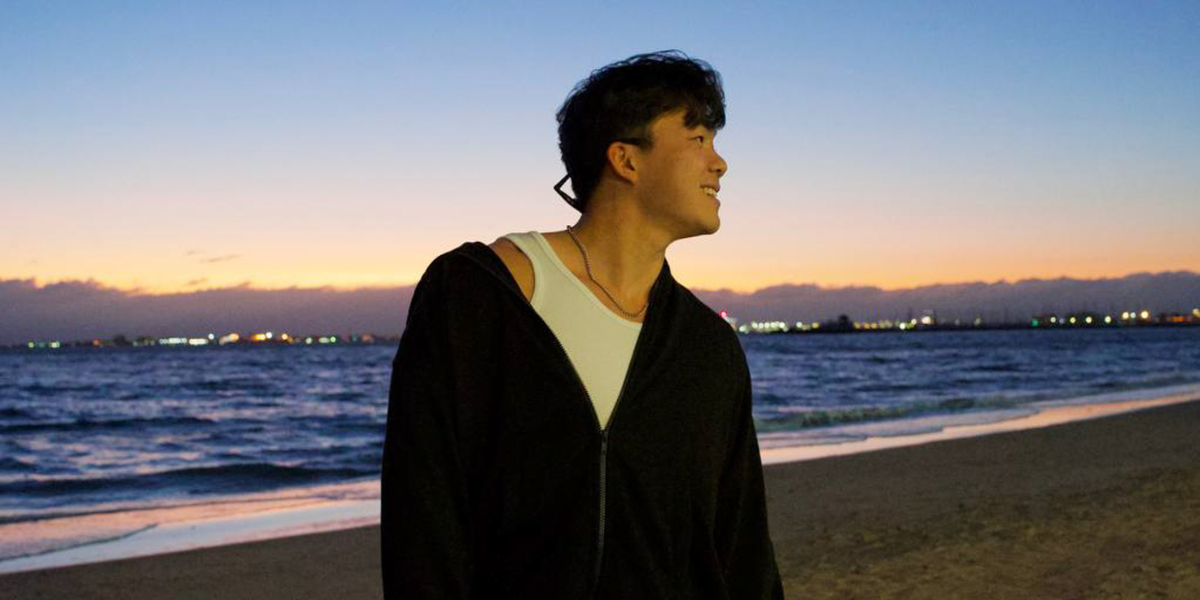


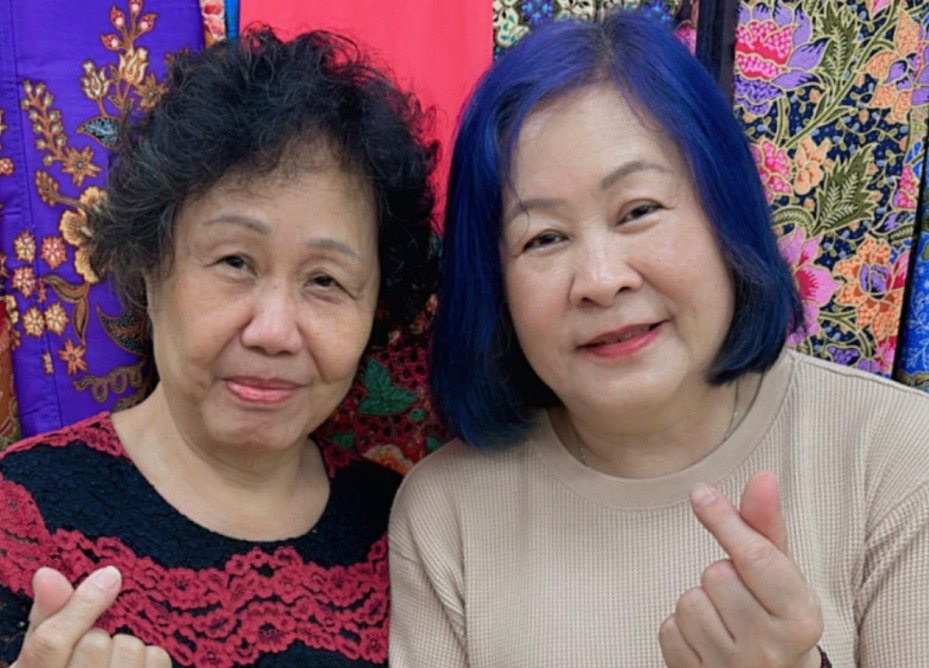

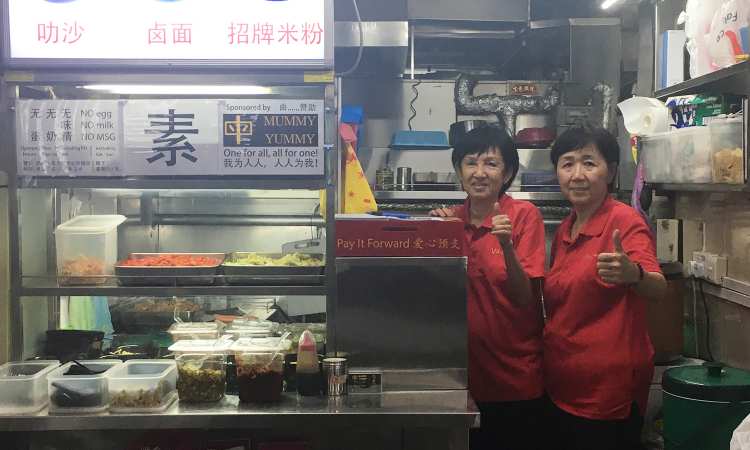
Myth #1: Give the underprivileged too much and they’ll become overly dependent, and lazy
Acting as the moderator at the panel discussion on privilege, The Straits Times’ editor-at-large Han Fook Kwang kicked off the debate by asking how much help we should give the underprivileged.
“There are groups who believe that if you do too much for the underprivileged, they become overly dependent on their help,” Han pointed out. “They develop a so-called ‘crutch mentality’, which is not good for Singapore, and for them.”
But Beyond Social Services’ deputy executive director T. Ranganayaki offered a different perspective.
Her charity works to help children and youth from less privileged backgrounds break away from the poverty cycle.
“I don’t think it’s an issue of giving too much or too little, but rather whether what we give is making a difference,” she said.
Ranganayaki went on to share how difficult it is for low-income families to receive financial assistance, stating that it is never long term, unless the receiving party has a disability or is unable to work.
As such, it is actually very difficult for the underprivileged to receive too much financial aid, and to abuse it.
When looking to provide the underprivileged with just the right amount of help, Ranganayaki’s suggestion is a simple one: To interact with low-income groups and listen to them, and learn about their struggles.
“And then,” she continued, “we analyse what’s the basic minimum a family needs to survive and participate in society.”
She also believes that if the only tool one has is a hammer, every problem will start looking like nails. Thus, it is crucial for charities to re-explore what, and how, they are giving, in order to maximise their help.

Myth #2: The government will take care of the poor, so I don’t have to do anything
Laurence Lien, chairman of philanthropic organisation Lien Foundation, said: “When there’s a social problem, the first instinct for Singaporeans is (to say): ‘What’s the government doing about it?’ As if by saying that, they don’t have to do anything.”
Indeed, many of us simply expect the government to increase funding to charities, or to implement policies of some sort. But that might not be the best way to go.
Lien suggested something surprising: That when it comes to helping the underprivileged, the government should step back. He said: “I think the government should lead by stepping back, thereby allowing non-governmental organisations (NGOs) and foundations to step into the space, to co-create visions and missions with them.”
Fellow panellist Ranganayaki agreed, but suggested that reaching a sweet spot, with funding coming in from both the government and donors, would be the most beneficial to charities.
She shared: “In Singapore, the reality is that without at least some sort of government funding, it’s very hard for charities to survive. Right now, 50 per cent of Beyond Social Services’ funding comes from the government. But the remaining 50 per cent comes from donors.”
She continued: “Instead of waiting for large chunks of money to come in, we should also be looking at every person in Singapore giving a little bit. $5 a month from many people would actually very easily fund [Beyond Social Services].”
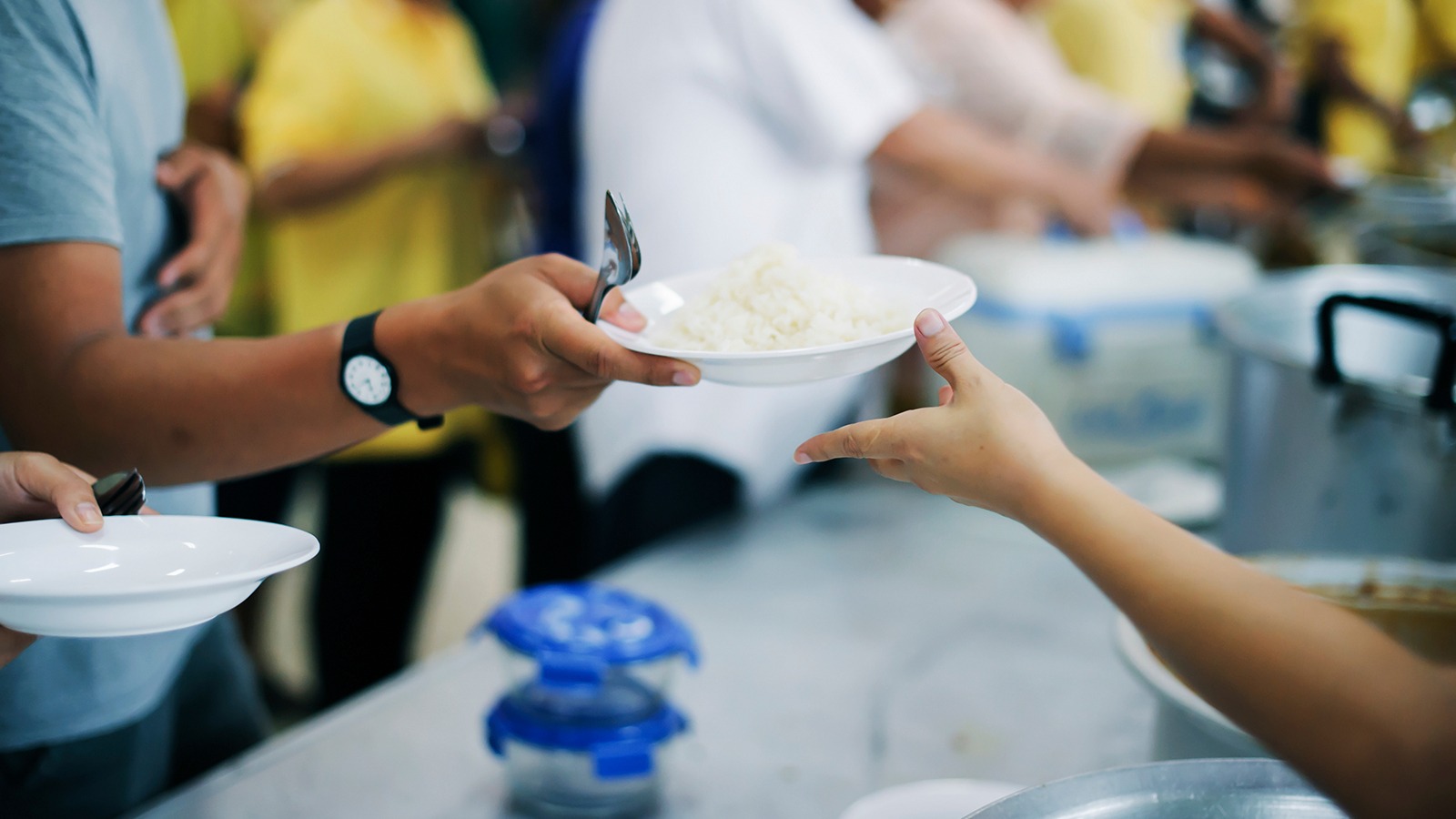
Myth #3: In Crazy Rich Singapore, the poor aren’t actually that poor
In Singapore, everybody – no matter what their social standing – has access to good public schools, affordable public transport and cheap hawker fare.
So, how poor can the poor really be, right?
But researchers from the Lien Centre for Social Innovation found that one in five low-income households here faced severe food insecurity.
And let’s not forget about Singapore’s migrant worker population, who often go hungry or have no choice but to eat “paltry, nutritionally insufficient and sometimes downright rotten” food.
In actual fact, many of us don’t understand the struggles Singapore’s poor go through because we rarely see them, or hear their stories.
Lien suggested that many Singaporeans, especially the privileged, are not fully aware of what is happening on the ground, because we live in our “cocoons”.
To that, Ranganayaki agreed. She shared that as Beyond Social Services’ deputy executive director, she has seen families from HDB rental blocks, living right next to new Build-to-Order flats. “Nobody knows anyone on the other side,” she said.
The truth is, if we stay ignorant of the underprivileged and their stories, we won’t know how to help them.
However, panellist Dr Goh Wei Leong believes that this is changing, and that Singaporeans are becoming increasingly aware of their surroundings.
The Straits Times Singaporean of the Year 2017, Dr Goh is the co-founder and chairman of Healthserve, which provides migrant workers with affordable healthcare, social assistance, skills training and free meals.
Dr Goh himself is no stranger to ignorance: Before he co-founded Healthserve, he drove a sports car and had a golf club membership. But one day, after a humanitarian trip to Mongolia in 1995, his entire outlook on life changed. Soon after, he sold his golf club membership, and started his first clinic for migrant workers.
Much has changed since 1995, and the ever-optimistic Dr Goh remains hopeful that social consciousness will increase further.
He said: “All of us are at different stages of our social consciousness, and I’ve learnt that to bring people to have a real contact (with the underprivileged)… that makes a difference. And over the last few years, I see increasing awareness, empathy and interest.”

Myth #4: Singapore is a meritocratic society, and the poor are just lazy
The final myth is perhaps the most pervasive and damaging of them all – that Singapore is a truly meritocratic society.
Growing up, our parents warned us that if we don’t study hard, we’ll end up becoming road sweepers. And that if we excel, we can grow to become rich and successful doctors, lawyers or bankers.
We end up believing that the poor are poor because they are lazy.
In that sense, our belief in ‘meritocracy’ might just be what’s preventing Singaporeans from giving back.
Speaking at the panel, Professor Paulin Straughan suggested that Singaporeans’ idea of meritocracy might be getting in the way of a more generous society today.
“We hold (meritocracy) dear to our hearts because we believe in fairness,” the professor of sociology (practice) and dean of students at Singapore Management University said.
She noted that many have enjoyed the society built by the Republic’s first generation of leaders, where hard work can result in upward mobility.
However, not everyone starts from the same point in society, she said. So how does believing in meritocracy make one less generous?
“You see that your paycheque is yours because you worked hard for it and you made all the right sacrifices, and it makes you a less gracious person.”
Lien agreed, and said: “There’s always the assumption that because we are a meritocratic society, if people are poor, it must be their fault; they are not working hard.”
Everyone can help in their own little way
You may not consider yourself ‘privileged’. Or maybe you don’t have a few extra dollars to donate every month.
But there are many avenues one can explore to do good – from donating your time, expertise, or strength to charity groups.
In fact, Ranganayaki shared that many of the less traditionally “privileged” are those with the biggest hearts who give the most. This is because they are able to help not in spite of, but because of, the challenges they’ve faced.
Additionally, Lien suggested: “Volunteer and engage broadly first before you start giving money, before you write the cheque.” This is because through volunteering, you learn what cause ignites the passion in you.
Dr Goh also noted: “(Volunteers) come with this sense of wanting to change the world and I’ve learnt that they can, if we give them that platform.”
